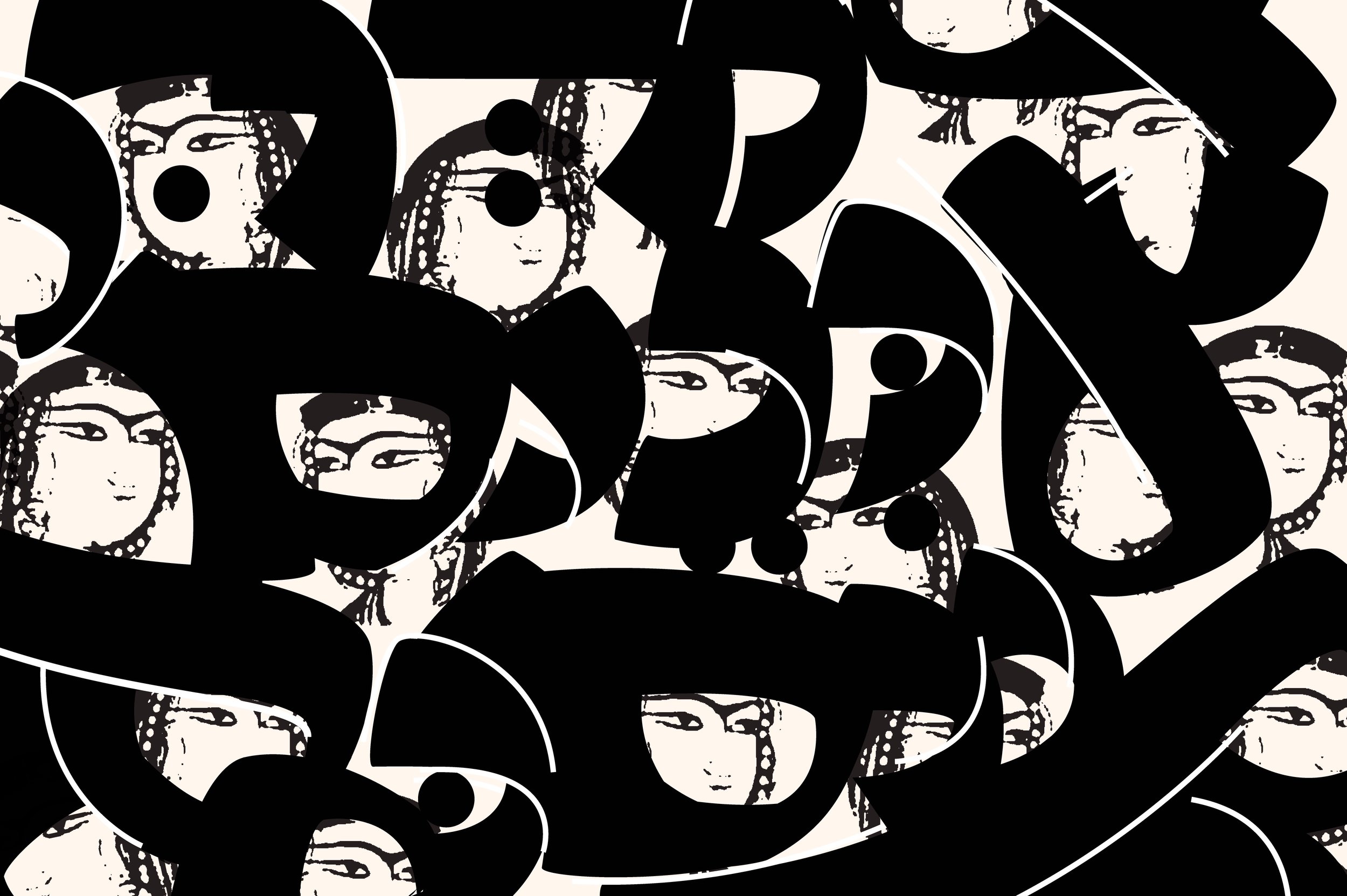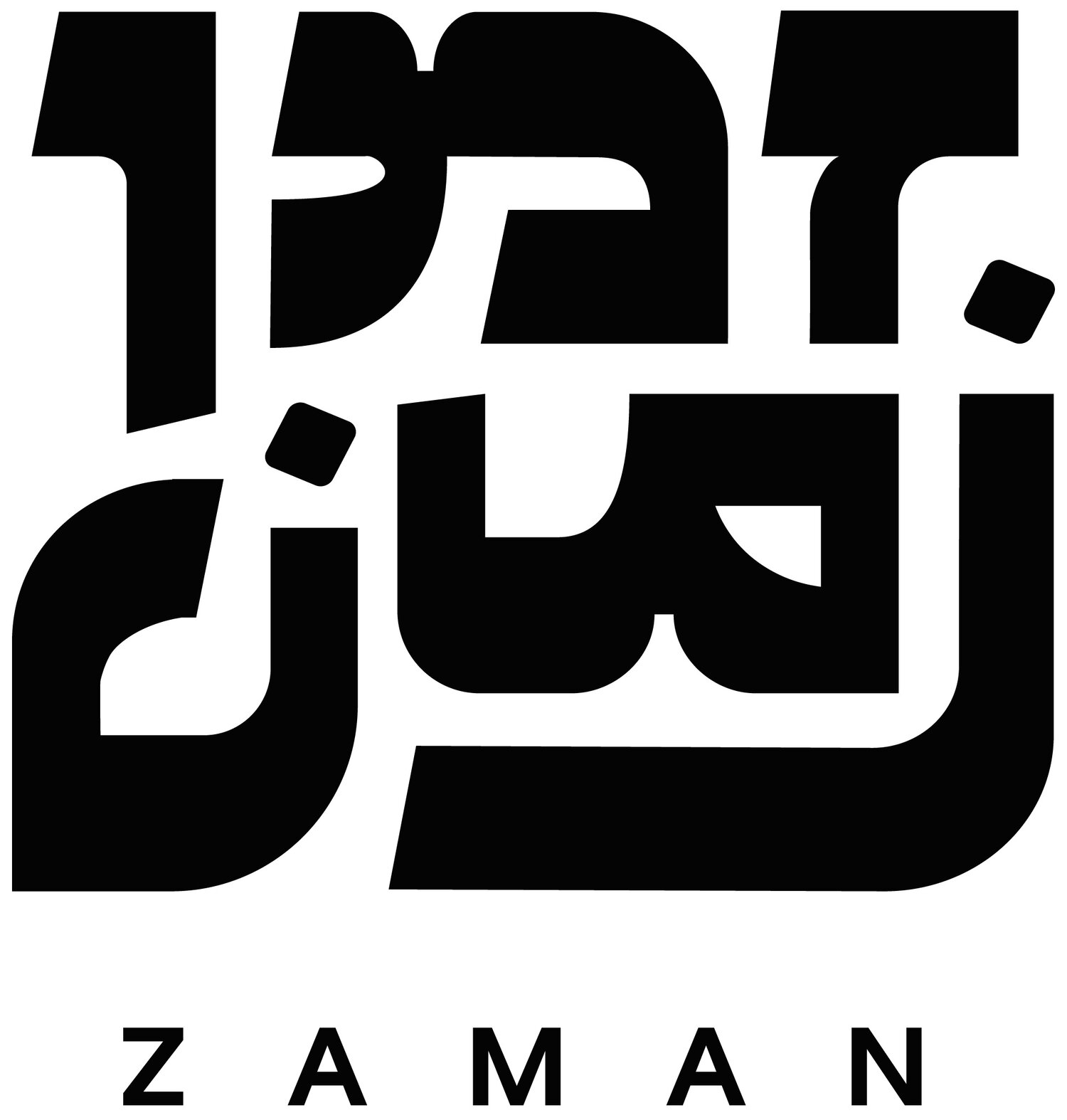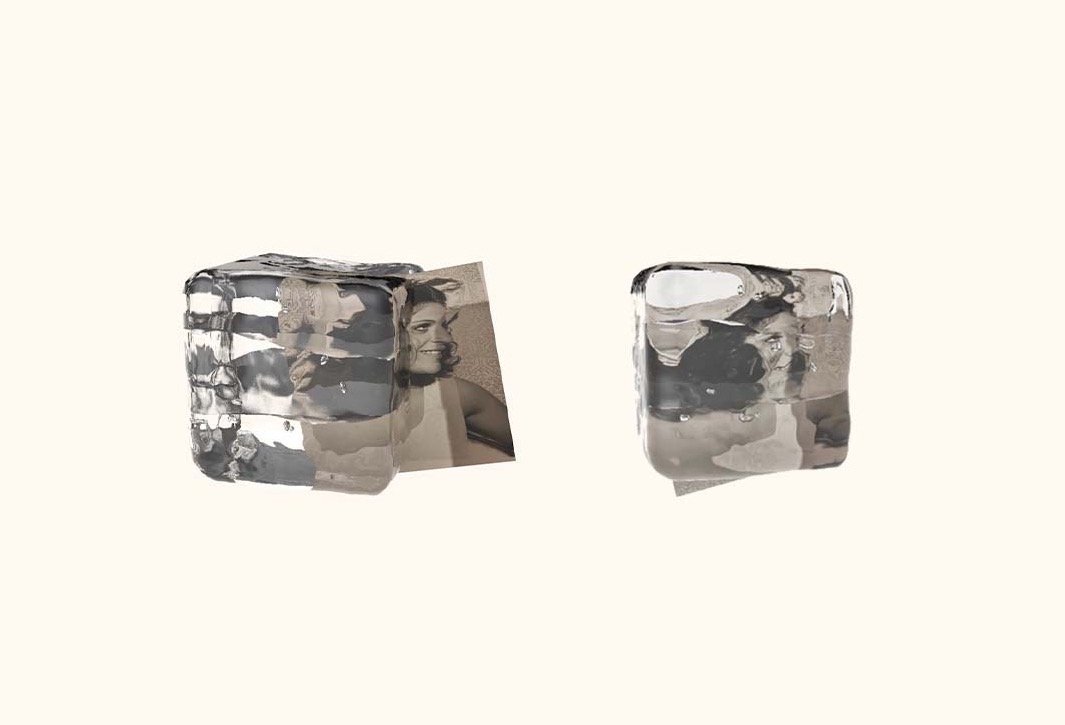
WINTER 2022
Featured
The history of the seipa, a sword-shaped protective amulet worn by Kurdish Jews, can help us better understand how to care for one another and build trust across communal divisions in the face of illness and collective hardship.
The Turkish writer Moris Farhi was an embodiment of a regional pluralism that the Republic would seek to cover under the blanket of nationalism. His faults as a starry-eyed representative of Turkish-Jewish unity expose the potency of the Jewish voice, and its silence, in Turkey.
The daughter of immigrants from Mashhad’s crypto-Jewish community, Amini recounts her endeavor to move into the student dorms at Barnard College amid a retaliatory hunger strike at home and antiwar protests on campus.
A dinner commemorating the life of Yadid’s grandmother prompts a series of reflections about the enduring vivacity of her spirit and the power of food as a tool for active remembrance.

Beyond the Line
Shany Dvora
Visual Art
Banafsheha digitally manipulates a series of photos sent to her by her grandmother, toying with physical and impalpable notions of preservation in a tenderly awkward fight against time.
This series of artworks was influenced by my family’s history, which unfolds between the Ottoman Empire, the Spanish Empire, and the Republic of Brazil. My mother’s side of the family settled in Brazil after fleeing the Spanish Inquisition as marranos – Sephardim who moved through public society as Christians, yet secretly practiced Judaism in the privacy of their homes. My father’s side of the family came from Ottoman Syria in the wake of the Assyrian Genocide, and from Egypt after WWI.
A series of embroidery works depicting bodies, some whole and some fragmented. They are surrounded by a hand-woven pattern, recalling the shapes, colors and processes of traditionally woven textiles in a small, intimate format. The bodies are androgynous, comfortably and vulnerably in a state of in-between-ness, inviting a gaze to view them as they are.
Hamdam, meaning “of the same breath.” The triptych of screenprints pays tribute to a deep sisterhood. Two figures stand side by side in black gowns, twin expressions on their faces. Their overlapping hands are linked and joined as if belonging to only one person. Likewise, the figures’ heads and bodies merge as one, reflecting the depth of their bond. In the center panel, a rose makes reference to the Persian funerary rites of dousing graves in rosewater.
Poetry
I left my / Jewishness / for shame of / a broken story. / I return to these / details to understand / what was lost. / How we lost / our pathway back / through the hills / past an old border. / New borders / of mind / preventing / return.
Glimmers of violence, hope, brotherhood, and belonging grace this poem by Gabie Yacobi about her father's coming of age between Iran, Israel, and California.
You don’t like smoking in other cities. You take pleasure in buying Friday morning figs from the same spot your tongue first met the lips of someone you would later love, your bodies pressed against graffiti on the shuttered market door in the night.
We proceed to enjoy what is small and warm, / What is spotted and sweet / What is ripe and spoiled; / What is and was, what was and is no longer.













2021 saw rising hostility against queer identities in Turkey, bringing the topic to the fore in discussions about its fraught language politics. By uncovering a largely undocumented Ladino vocabulary, Altaras sheds light on historical gender politics in Sephardic Turkey, and offers a means of building toward a Ladino without lexical limits.